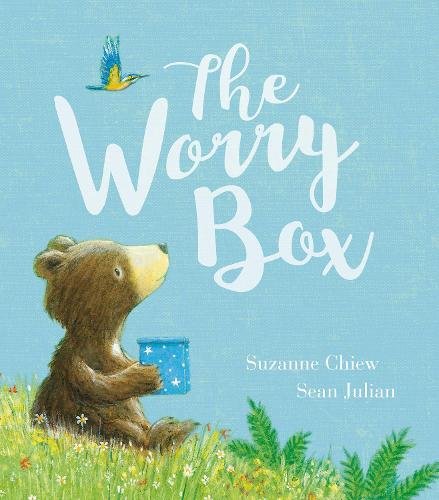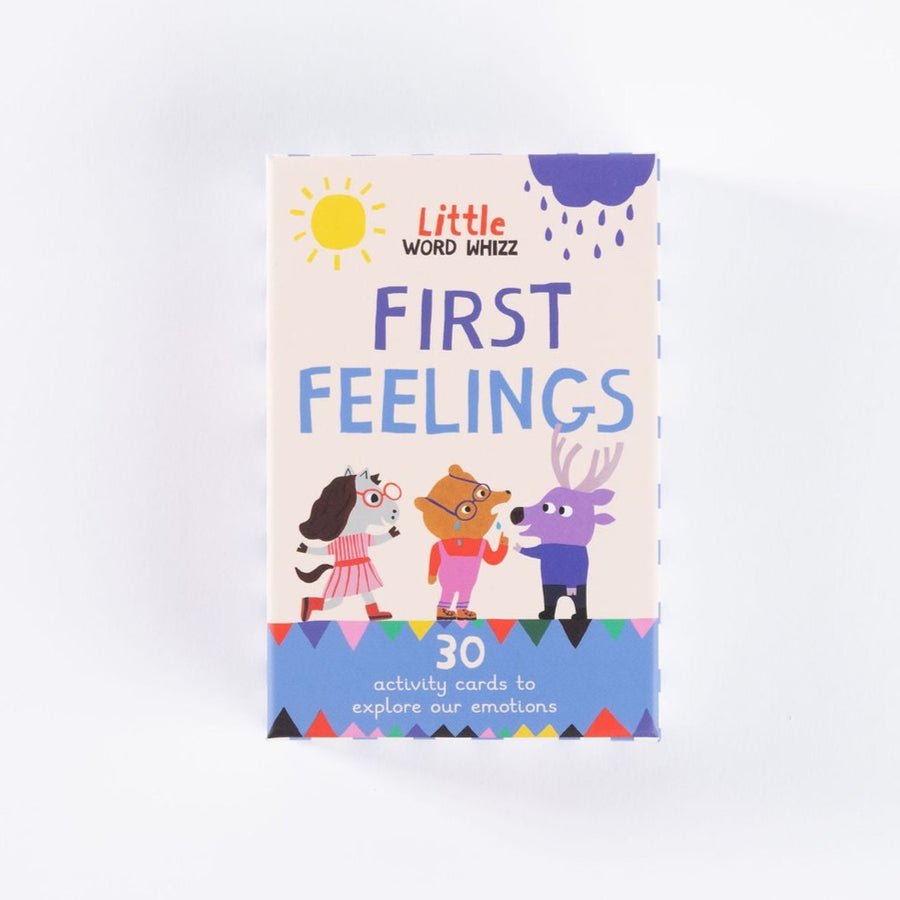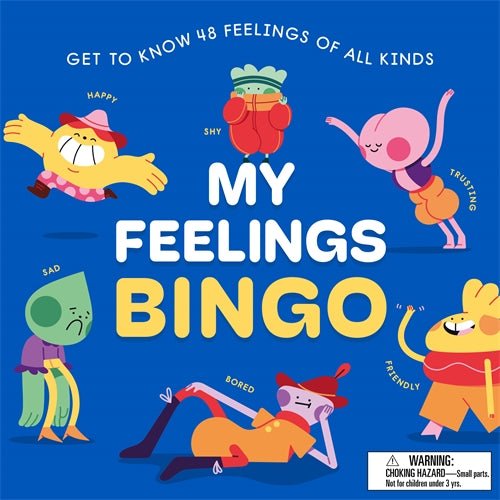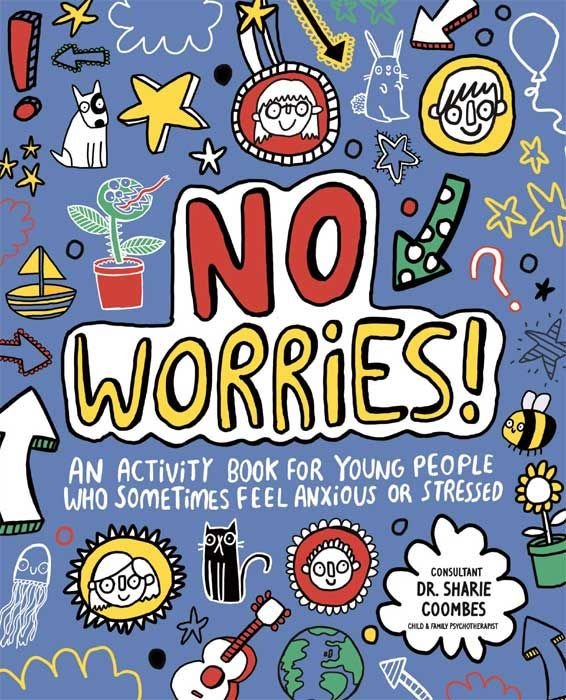Childhood Anxiety
Anxiety, a feeling of unease or worry, can present physically as well as emotionally. The feeling itself is natural and can help to protect us from harm by keeping us alert to any risks in our environment.
This post addresses anxiety as an emotional state, we do not discuss anxiety disorders; if you feel that your child’s feelings of anxiety are affecting their everyday life or wellbeing, we recommend speaking to your GP or health professional to seek further advice.
Children's anxieties tend to reflect the situations or changes that are occurring in their lives, but can often appear to come out of nowhere, or are deemed nonsensical by adults around them; they may fear what we know to be imaginary, such as monsters. As children grow up, their fears often become more realistic, ranging from worries about illness or school, to natural disasters and death. These more realistic fears naturally increase as the child is exposed to new situations either directly or indirectly.
Many parents find it hard to know when and how to step in to help their child cope with these feelings of anxiety. As adults, we tend to view anxiety as a worry or fear which is fairly obvious to identify through our behaviours. However, anxiety in children can often present through behaviours such as irritability, difficulty falling or staying asleep, loss of appetite, expressing feelings of nausea or tummy aches. This makes it hard to identify when these physical or emotional symptoms are simply a stomach ache, or if they are linked to anxiety. One way to identify these potential links is to keep a mental note of when these tend to occur. Does your child tell you their tummy hurts each morning before school? Or maybe they are finding it easy to snack but feeling overwhelmed when dinner is served? These may be clues that these feelings stem from anxiety or worry.
Helping your child connect the dots between these physical symptoms and their emotions is a great way to help them recognise when they may be feeling anxious, so they can employ the tips which we will discuss below. Depending on your child's age and vocabulary, you can help them to find the words to describe how they may be feeling emotionally, and how that feeling is presenting physically, so they can let you know when they may need your support. Read more about how to navigate emotions with children in our ‘naming emotions’ blog post.
For younger children especially, stories are often a great way to get a message across in a developmentally appropriate way. There are lots of books which cover emotions and what we can do when we experience such emotions or see others experience them. Below you’ll find some of our favourite books, games and other resources to help your children understand their emotions.


















